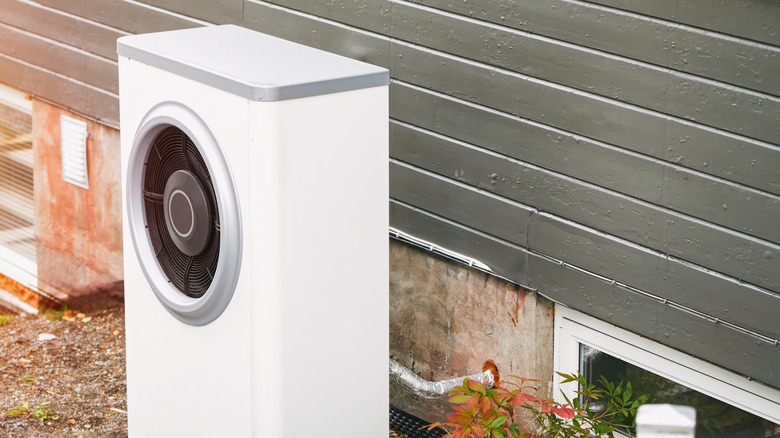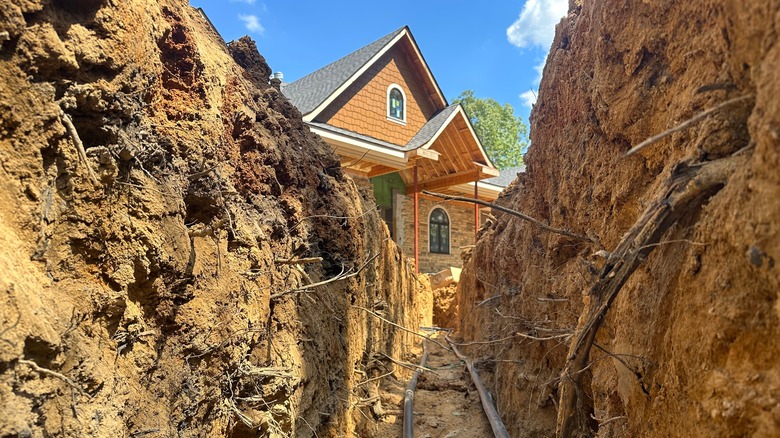Geothermal Heat Pumps Are An Eco-Friendly Way To Regulate Temperature In A Home
Geothermal heat pumps are a relatively new type of air conditioning technology that use far less energy than fossil fuel-fired equivalents to heat and cool your home. With efficiency rates of 300 to 400%, these pumps produce more heating or cooling energy than the electricity they use to operate. In simple terms, this means that a geothermal heat pump would use three to four times less energy to keep your indoor space at a comfortable temperature than an electric or gas-fired counterpart. The numbers are a bit difficult to wrap one's head around, but become easier to grasp once you know how geothermal heat pumps' functionality avoids high energy use.
Furnaces and electric heaters consume fuel to create heat, while air conditioners use large amounts of electricity to compress refrigerant to expel heat and humidity from a space. In contrast, geothermal heat pumps rely on the temperature of soil to heat or cool a space. At a depth of 30 feet below the surface, ground temperatures consistently remain at around 55 degrees Fahrenheit, regardless of the air temperature fluctuations above. A geothermal heat pump uses underground heat collector loops to access this soil. In winter, the outdoor temperatures are colder than 55 degrees, so the heat pump collects, concentrates, and transfers the warmth from below ground to the home above. Conversely, in the summer, the air temperatures are warmer than below ground, so the heat pump collects the heat from the air (much like an air conditioner does), and moves it underground. This way, no fuel is used to generate heat or cold air; the difference between the air and underground temperature enables the pump to heat and cool a space on demand.
How much a geothermal heat pump costs
Geothermal heat pumps are energy-efficient and eco-friendly options for heating your home. However, their inherent design, which relies on a mechanism that must access below-surface soil temperatures, often comes with a steep price tag. The typical cost of replacing your home's central heating with a geothermal heat pump spans from the mid-$10,000s to over $40,000. These prices include installation, which can be a tricky process that often involves permitting, soil testing and improvement, and invasive landscaping works to fit the heat collector loops underground.
How much you end up paying for the unit itself depends on its capacity and loop configuration. The capacity for residential systems hovers between 2.5 and 5 tons (30,000 to 60,000 BTUs). The more powerful the pump, the more you'll pay.
Meanwhile, loops come in three different configurations. In a pond loop system, the heat collector loops are placed at the bottom of a pond or lake on your property. This is the most economical solution, but, alas, not everyone has a suitable natural water feature next to their home. If you don't have a body of water to tap into, your least expensive option is the horizontal loop, in which the heat collector pipes are located in a shallow trench and spread out over a wide area. Although this design is cost-efficient, it doesn't suit homes with small lots that can't fit the loops properly. On the other hand, a vertical loop system works well for smaller properties, but requires a hole as deep as 400 feet below ground to work. As you can imagine, this geothermal heat pump setup costs much more.

